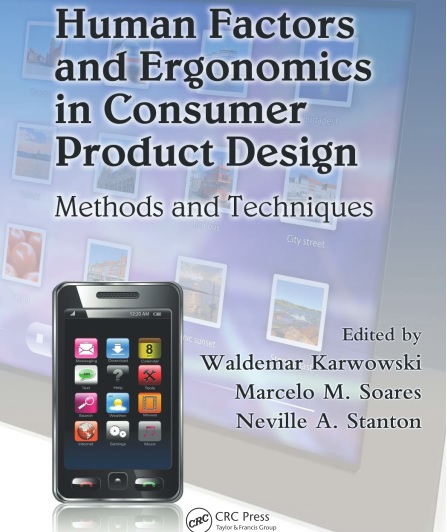
It is the sixth time for me to teach an elective course related with methods and techniques on Human Factors and Ergonomics in product design this term. It will help the students open up a new professional job search field in the direction of human factors engineering. More and more graduate students of this major are going to manufacturing enterprises for consumer products esp. electronic and information products. Now this new course will enhance them another opportunity to expand their career choice for ergonomic design in this field. Because there are few special stuff performing in this job while it is really recommended during the whole process.
The employment prospects of Ergonomics are getting better every year. Few people understood this major in the first few years, so there was little relevance between the working field and this major after graduation. But in recent years, as the basic life has been met, people’s needs for beauty, comfort and convenience have increased, which makes larger companies realize its importance. For example, Shanghai Commercial Aircraft Corporation had a few positions in the school recruitment last year. The professional requirement was clearly written as Ergonomics. The automotive industry has also begun to recruit graduates from such majors. In addition, many Internet companies have begun to attach importance to human-machine interface design. Therefore, the employment prospects in the next few years must be very clear.
In order to gain the demand and request for such positions after graduation, under graduate students should pay attention to interdisciplinary integration and strengthen the recognition of the basic theories and methods of human factors engineering discipline in the field of product design. They are required to understand the importance of Ergonomics in product design, establish a user-oriented product design concept, and be familiar with the most commonly used research methods and techniques, which can lay a good professional foundation for future engagement in design-related work. Such methods and techniques are as follows: user-centered product design methods and the application of information technology in product design, especially conceptual design and product usability evaluation technologies and methods, as well as user demand analysis methods and user interaction design models.
After four years’ study in this major, they can analyze and solve problems from the perspective of systems engineering and achieve the ability to design safe, reliable, and useable products. The training of a variety of professional skills in four years will meet the needs of the market and enterprises for product interaction designers.